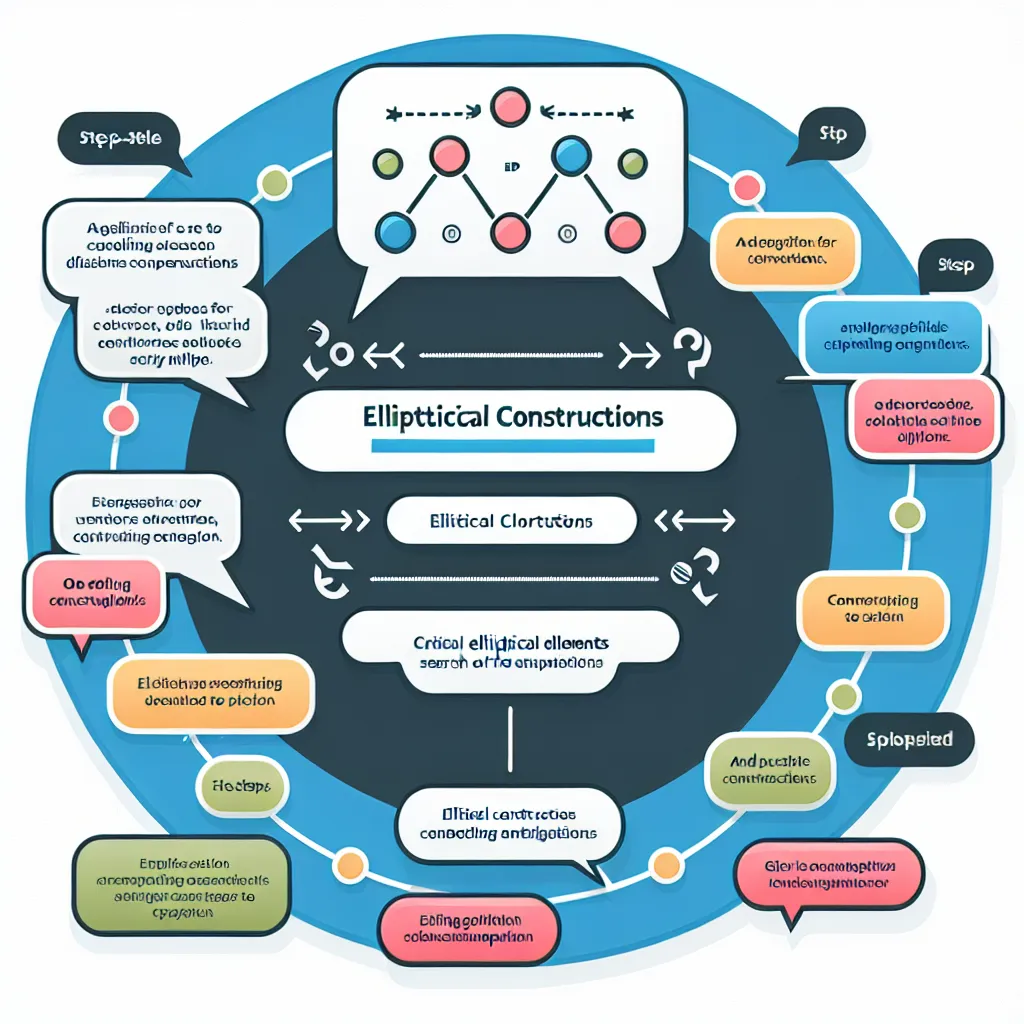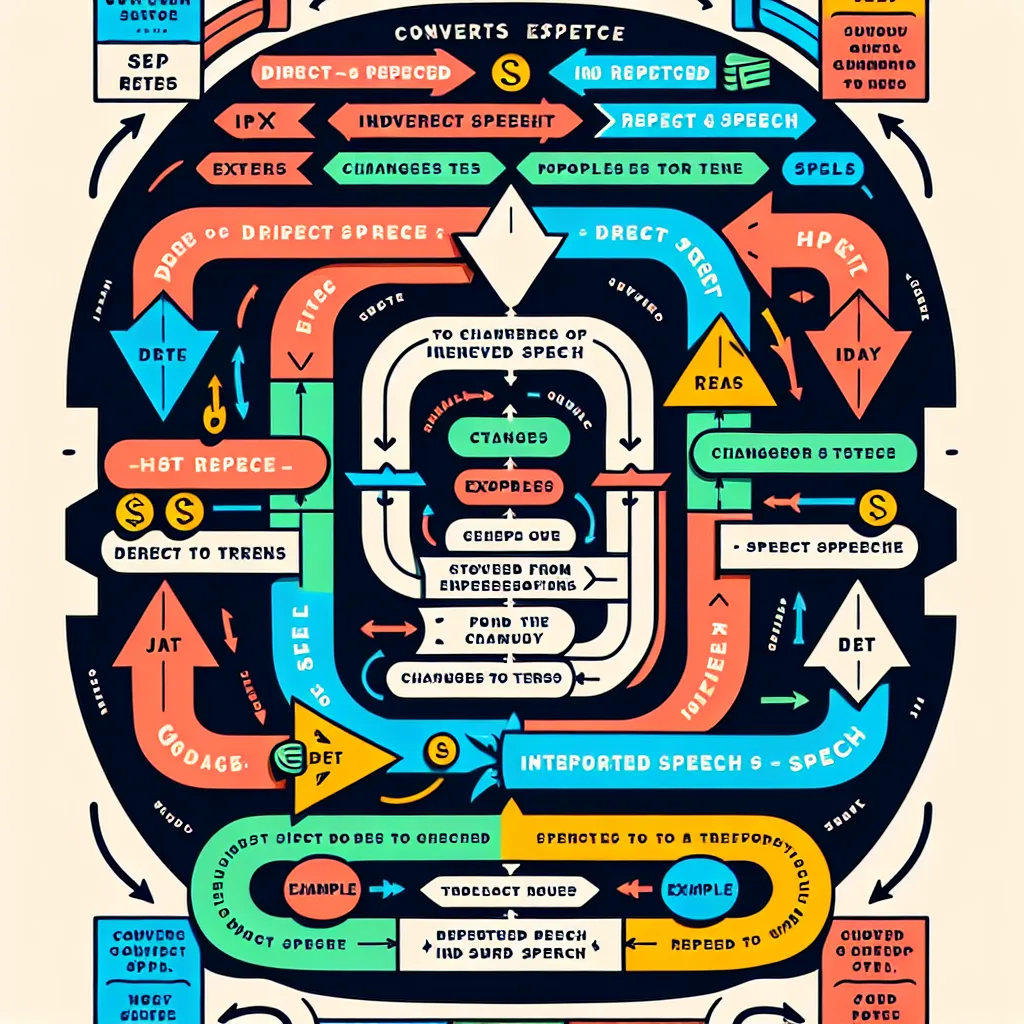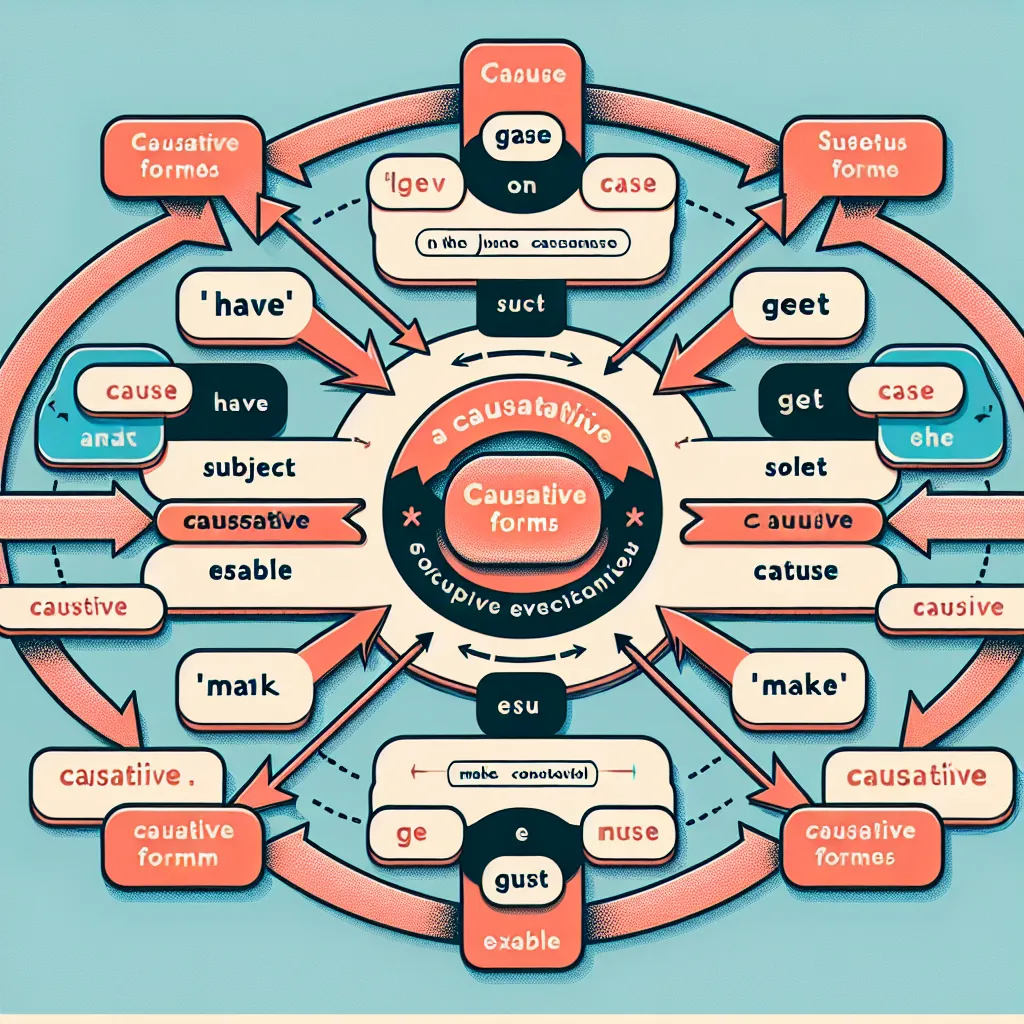Elliptical constructions are essential elements of English grammar that can significantly enhance your language skills. Whether you’re preparing for the IELTS exam or aiming to improve your overall English proficiency, mastering elliptical constructions is crucial. This guide will provide you with effective strategies and practical tips to help you understand and use elliptical constructions confidently.
What Are Elliptical Constructions?
Elliptical constructions are sentences or phrases in which certain words are omitted because they can be understood from the context. These structures allow for more concise and efficient communication by avoiding unnecessary repetition. Understanding elliptical constructions is vital for both native and non-native English speakers, as they are commonly used in everyday conversations, formal writing, and standardized tests like IELTS.
 Elliptical constructions diagram
Elliptical constructions diagram
Types of Elliptical Constructions
-
Verb Phrase Ellipsis: Omitting a verb phrase that can be understood from the context.
Example: “John can play the piano, and Mary can too.” (The second “play the piano” is omitted) -
Noun Phrase Ellipsis: Omitting a noun phrase that is clear from the context.
Example: “I bought two apples, and she bought three.” (The word “apples” is omitted in the second clause) -
Clausal Ellipsis: Omitting an entire clause that can be inferred.
Example: “Who wants ice cream?” “I do.” (The full response would be “I do want ice cream”) -
Comparative Ellipsis: Omitting repeated elements in comparative structures.
Example: “She runs faster than I.” (The full sentence would be “She runs faster than I run”) -
Gapping: Omitting a repeated verb in parallel structures.
Example: “John likes apples, and Mary oranges.” (The verb “likes” is omitted in the second clause)
Strategies for Mastering Elliptical Constructions
1. Identify the Context
To understand elliptical constructions, it’s crucial to pay attention to the context. Look for clues in the surrounding text or conversation that can help you fill in the missing information.
Example:
- Full sentence: “I can speak French, but my sister can’t speak French.”
- Elliptical version: “I can speak French, but my sister can’t.”
In this example, the context allows us to understand that “speak French” is omitted in the second clause.
2. Practice with Authentic Materials
Expose yourself to authentic English materials such as news articles, literature, and academic texts. These sources often contain elliptical constructions, allowing you to see how they are used in real-world contexts.
Tip: Highlight elliptical constructions you come across and try to expand them into full sentences to better understand their structure.
3. Use IELTS-specific Resources
If you’re preparing for the IELTS exam, utilize resources specifically designed for this test. Many IELTS study guides and practice materials include sections on elliptical constructions.
Recommended IELTS books:
- “Cambridge IELTS Series”
- “Official IELTS Practice Materials”
- “Barron’s IELTS Superpack”
These resources often provide targeted exercises and explanations for elliptical constructions in the context of IELTS questions.
4. Create and Complete Gap-Fill Exercises
Develop your own gap-fill exercises or use existing ones to practice identifying and using elliptical constructions.
Example exercise:
Complete the sentences using elliptical constructions:
- I enjoy reading novels, and my brother _____ magazines. (enjoys reading)
- She can speak three languages, but I can only _____. (speak one language)
- They’ve been to Paris twice, and we _____. (have been to Paris twice)
5. Analyze Conversations
Pay attention to how elliptical constructions are used in everyday conversations. Notice how native speakers naturally omit certain words without losing meaning.
Example conversation:
A: “Are you going to the party tonight?”
B: “I might.” (Elliptical for “I might go to the party tonight”)
A: “You should. It’s going to be fun!”
 Conversation analysis diagram
Conversation analysis diagram
6. Practice Writing and Speaking
Incorporate elliptical constructions into your own writing and speaking. Start with simple examples and gradually move to more complex structures.
Writing exercise:
Write a short paragraph about your hobbies, consciously using at least three different types of elliptical constructions.
Speaking practice:
Record yourself having a conversation with a friend or language partner, focusing on using elliptical constructions naturally.
Common Mistakes to Avoid
-
Overusing ellipsis: While elliptical constructions can make your language more efficient, overusing them can lead to confusion. Ensure your meaning is clear.
-
Incorrect pronoun usage: In some elliptical constructions, pronoun cases can change. For example: “He loves hiking more than I.” (correct) vs. “He loves hiking more than me.” (incorrect in formal contexts)
-
Mismatched tenses: Ensure that the tenses in your elliptical constructions match the main clause.
Incorrect: “I have never been to Paris, but my sister has been.” (mixing present perfect and simple past)
Correct: “I have never been to Paris, but my sister has.” -
Forgetting subject-verb agreement: Even in elliptical constructions, subject-verb agreement rules apply.
Incorrect: “Neither of the boys were going.”
Correct: “Neither of the boys was going.”
Next Steps
- Take an online quiz on elliptical constructions to test your understanding.
- Review IELTS speaking and writing samples to identify and analyze elliptical constructions.
- Create a study group or find a language exchange partner to practice using elliptical constructions in conversation.
- Set a goal to use at least one elliptical construction in your daily English practice.
Mastering elliptical constructions takes time and practice, but it’s an essential skill for advanced English proficiency. By following these strategies and consistently practicing, you’ll be able to use these structures confidently in both your IELTS exam and everyday English communication. Remember, the key is to understand the context and practice regularly. Keep challenging yourself, and you’ll see improvement in your overall English language skills.




